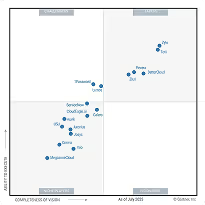HIPAA Compliance Checklist for 2025

SOX compliance is critical for enterprises to ensure accurate financial reporting, prevent fraud, and maintain investor trust. When planning their budgets, enterprises must understand the costs involved, as SOX compliance costs vary between small businesses and large enterprises.
While smaller companies may spend close to $180K annually, large enterprises often allocate upward of $2 million per year to their SOX programs. These costs encompass several crucial areas, including fees for external audits, investments in technology and software solutions, internal staffing, and employee training.
Proper budgeting for these costs helps enterprises manage risks effectively and maintain strong corporate governance. Let’s explore the details of these SOX compliance costs and why having a clear budget plan is vital for regulatory success.
TL;DR
- SOX compliance ensures companies maintain strong internal controls to prevent financial fraud and protect investors.
- Costs of SOX compliance vary widely, from about $180K annually for small firms to over $2 million for large enterprises.
- Major SOX cost drivers include internal audits, external auditor fees, technology investments, employee training, and ongoing monitoring.
- Automating compliance processes and adopting risk-based approaches can significantly reduce SOX compliance expenses.
- Non-compliance risks include heavy fines, legal penalties, reputational damage, and loss of investor confidence, making compliance investments worthwhile.
What Is SOX Compliance?
SOX compliance means following the Sarbanes-Oxley Act (SOX), a U.S. law passed in 2002 to protect investors and the public from corporate financial fraud. It requires publicly traded companies to set up strong internal controls to keep financial reporting accurate, transparent, and accountable.
Under SOX Section 404, top executives like the CEO and CFO must personally certify the accuracy of financial statements. Companies also need to secure financial data, document internal processes, and meet strict audit requirements.
Failing to comply can lead to heavy fines, legal penalties, or even jail time. A SOX compliance certification shows that a company meets these standards, helping build investor trust and strengthen corporate governance.
What Are The Four Controls of SOX?
The four main controls of SOX compliance generally refer to key internal control areas that enterprises focus on to ensure accurate financial reporting and compliance with the Sarbanes-Oxley Act.
These controls include:
- Access Controls: Ensuring that only authorized personnel have access to critical financial systems and data to prevent unauthorized changes or fraud.
- Change Management Controls: Managing and documenting changes to financial systems and processes to ensure integrity and prevent unauthorized modifications.
- Segregation of Duties (SoD): Dividing responsibilities among employees so that no single person has control over all aspects of financial transactions, reducing fraud risk.
- Cybersecurity Controls: Implementing technical and procedural safeguards to protect financial data and systems from cyber threats.
These controls align with SOX rules, especially Section 404, which requires companies to check and report on how effective their financial controls are. Together, they help prevent errors and fraud while ensuring transparency in financial reporting.
What Factors Influence SOX Compliance Costs?
Several factors contribute to the cost of SOX compliance, affecting how much enterprises need to budget for regulatory adherence:
1. Company Size and Operational Complexity
Larger organizations with complex business models, multiple subsidiaries, or international operations face higher SOX compliance costs. The need to document and monitor a wide array of processes and controls increases resource requirements.
2. Internal Audit and Control Testing Efforts
The extent of internal audit activities and controls testing significantly impacts costs. Companies dedicate thousands of hours annually to test and document controls, with many hours spent on administrative tasks like spreadsheet reconciliation, which adds to the overall SOX compliance costs.
3. Use of External Auditors and Consultants
Engaging external auditors for independent assessments and consultants for advisory services incurs substantial fees. These professionals ensure companies meet SOX compliance requirements, but can increase the total budget considerably.
4. Technology, Tools, and Automation Investments
Many companies invest in audit management platforms, robotic process automation, and analytics tools to streamline compliance processes. While these require upfront costs, technology can reduce manual workloads and cut long-term SOX compliance costs.
5. Training Employees on SOX Requirements
Providing comprehensive training ensures employees understand their roles in maintaining compliance. Regular training programs, including updates on evolving regulations, contribute to budgeting for SOX compliance.
6. Ongoing Monitoring and Reporting Needs
Continuous monitoring and periodic reporting of controls are required to maintain compliance. These ongoing activities demand consistent allocation of time and resources, further influencing the total SOX compliance costs.
Typical SOX Compliance Cost Breakdown
Understanding how SOX compliance costs are allocated can help enterprises budget more effectively. Here’s a breakdown of the major cost components involved:
1. Internal Audit and Staffing Costs
A significant portion of SOX costs goes toward internal audit teams who perform control testing, documentation, and remediation. Staffing costs include salaries for audit professionals and control owners responsible for maintaining compliance, often accounting for nearly half of total SOX compliance costs.
2. Technology and Software Costs
Investing in audit management software, automation tools, and compliance platforms is essential to streamline SOX workflows. These technology expenses can be substantial, but they often reduce manual effort and long-term costs associated with maintaining compliance documentation and reporting.
3. External Auditor and Legal Fees
Many companies rely on third-party auditors and legal counsel to validate compliance and assist with regulatory interpretations. Fees paid to these external parties often constitute the largest external expense and represent a critical element of SOX compliance costs.
4. Remediation and Control Improvements
When issues or gaps are identified during audits, companies must invest in remediation efforts. This includes updating processes, enhancing controls, and implementing corrective measures to meet SOX compliance requirements.
5. Long-Term Maintenance and Monitoring
SOX compliance is an ongoing process. Costs related to continuous monitoring, periodic re-testing of controls, updates due to regulatory changes, and training updates ensure sustained compliance and contribute to the overall cost of SOX compliance.
How to Reduce SOX Compliance Costs Without Risking Security
Reducing the cost of SOX compliance is essential for companies aiming to optimize budgets while maintaining robust security and regulatory adherence. Here are effective strategies to lower SOX compliance costs without compromising compliance quality:
1. Automating Compliance Monitoring and Reporting
Implementing automation technologies for compliance monitoring helps reduce manual efforts and errors. Automation tools can continuously track control performance, generate audit-ready reports, and flag anomalies faster than manual processes, significantly lowering SOX compliance costs and improving accuracy.
2. Leveraging Centralized Identity and Access Controls
Strong identity and access management are a cornerstone of SOX compliance. Centralizing these controls not only enhances security by reducing the risk of unauthorized access but also simplifies the audit process. This consolidation cuts down remediation efforts and decreases SOX compliance costs related to access reviews and compliance documentation.
3. Streamlining Internal Audit Processes
Optimizing internal audit workflows through risk-based prioritization and adopting efficient audit management platforms helps companies focus their resources on high-impact controls. This reduces time and expense in testing less critical areas while ensuring adherence to SOX compliance requirements.
4. Partnering With the Right Compliance Tools
Choosing software platforms built specifically for SOX compliance can automate tedious tasks such as documentation, control testing, and reporting. These tools enhance productivity, enable collaboration, and reduce errors, leading to lower overall SOX compliance costs.
5. Prioritizing High-Risk Areas for Efficiency
Focusing compliance efforts on high-risk controls and processes ensures resources are optimally allocated. This risk-based approach ensures compliance activities mitigate the greatest financial reporting risks while avoiding unnecessary spending on low-risk areas, cutting down SOX compliance costs without risking security.
By strategically adopting these approaches, companies can achieve a cost-effective SOX compliance program that maintains regulatory rigor and strengthens security.
Hidden Costs Enterprises Often Overlook
While the direct SOX compliance costs, such as audit fees and technology investment,s are relatively straightforward, many enterprises underestimate several hidden costs that can significantly impact their compliance budgets.
1. Employee Downtime During SOX Audits
During SOX audits, key employees spend substantial time away from their usual duties to assist with control testing, documentation, and answering auditor queries. This downtime leads to productivity loss, which is an indirect but important component of SOX compliance costs.
2. Shadow IT and Poor Documentation Risks
Untracked or unauthorized software (Shadow IT) and incomplete documentation can cause compliance gaps. Remediating these risks late in the process results in unexpected expenses, increasing overall SOX compliance costs, and complicating audit readiness.
Know how Rec Room gets complete visibility on free apps used by its teams.
3. Cost of Non-Compliance Penalties and Fines
Companies that fail to comply with SOX risk hefty fines and legal penalties. These costs also extend to potential lawsuits and settlement fees, making non-compliance far more expensive than the costs of maintaining compliance.
4. Reputational Damage and Customer Trust Issues
Beyond financial penalties, SOX violations can erode investor confidence and damage a company’s reputation. Loss of customer trust may lead to reduced business opportunities and stock price declines, adding a significant long-term cost that organizations must consider.
How CloudEagle.ai Can Lower SOX Compliance Costs
CloudEagle.ai is an advanced SaaS management and compliance platform that helps enterprises reduce their SOX compliance costs by automating and streamlining critical identity and access management processes aligned with SOX regulatory requirements.
Here’s how it can help with compliance management:
1. Centralized Visibility and Integration
CloudEagle.ai consolidates access control, compliance reporting, and risk monitoring on a centralized dashboard that integrates seamlessly with HR systems, Single Sign-On (SSO), and over 500 SaaS applications.
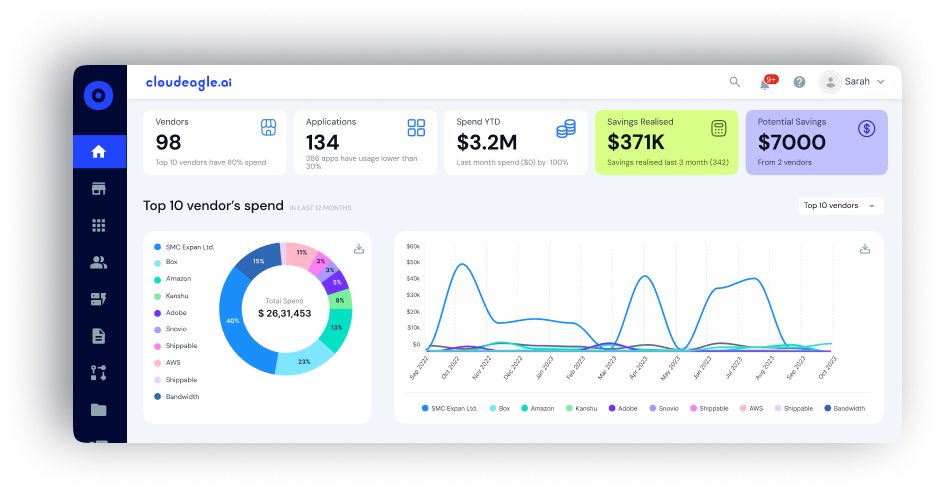
This unified view accelerates audit preparation, reduces employee downtime during audits, and optimizes SOX compliance costs associated with fragmented systems and manual reconciliation.
2. Minimized Shadow IT Risks
CloudEagle.ai identifies unauthorized SaaS apps using multiple methods, including integrations with identity systems, finance platforms, and credit card transaction analysis.

By providing a vetted catalog of approved applications, it reduces the likelihood of employees using unsanctioned software (Shadow IT). This helps organizations control security risks and maintain SOX compliance.
3. Automated Onboarding and Offboarding
Proper user onboarding and offboarding are vital to SOX compliance. CloudEagle.ai automates these workflows using predefined rules tied to employee roles, departments, and locations.
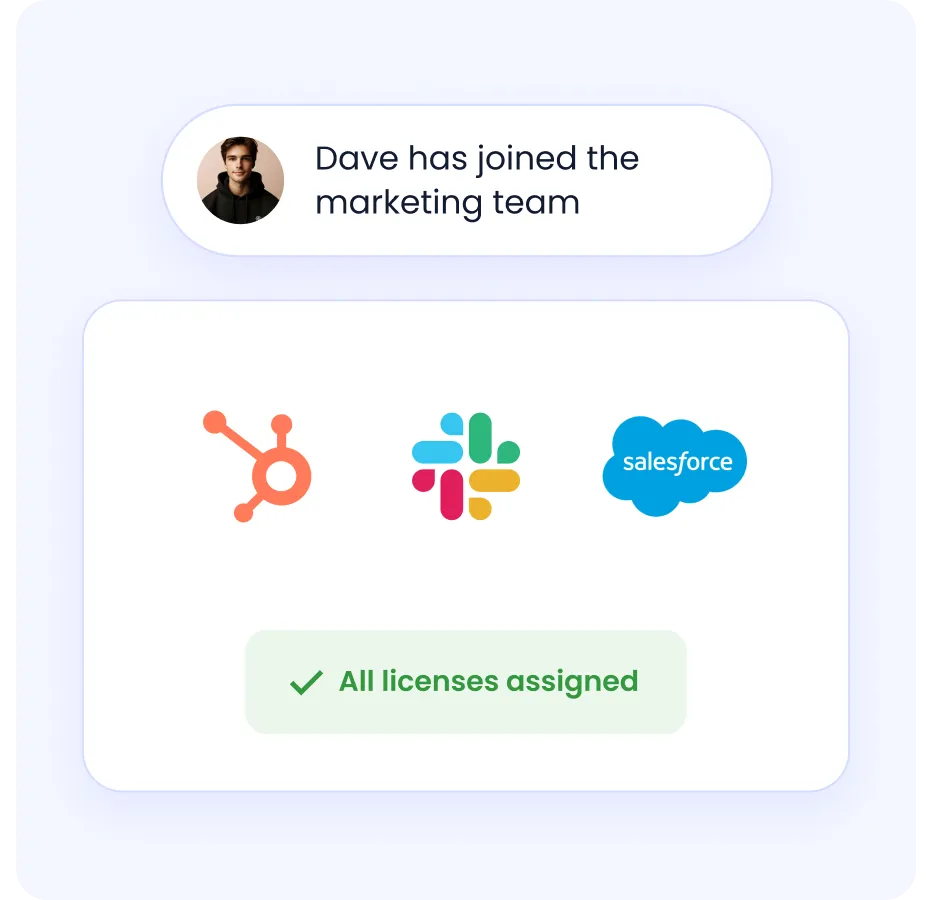
This Zero-Touch Onboarding and Offboarding ensures new hires get appropriate access on Day 1 and that departing employees’ access is revoked immediately, minimizing risks of unauthorized access and reducing manual errors.

This automation enhances security and cuts administrative overhead, significantly lowering the portion of SOX compliance costs related to staffing.
4. Role-Based Access Control (RBAC) and Privileged Access Management (PAM)
CloudEagle.ai enforces RBAC by automatically provisioning access based on roles and responsibilities, ensuring employees have only the permissions they need. For highly sensitive systems, it integrates Privileged Access Management (PAM) principles, limiting and closely monitoring privileged accounts to prevent misuse.
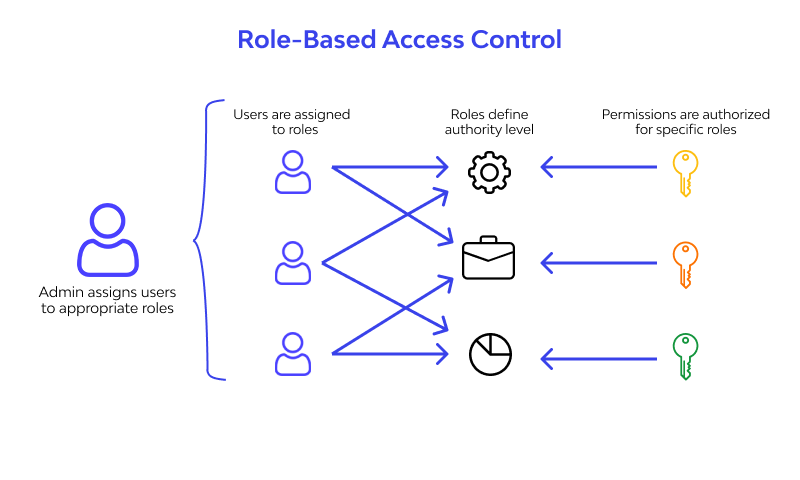
This fine-grained access control helps meet strict SOX audit requirements and reduces remediation costs linked to excessive or inappropriate access.
5. Just-In-Time (JIT) Access
To further tighten security while optimizing resource use, CloudEagle.ai supports Just-In-Time (JIT) access, granting temporary permissions only when needed and automatically revoking them after the task completion.
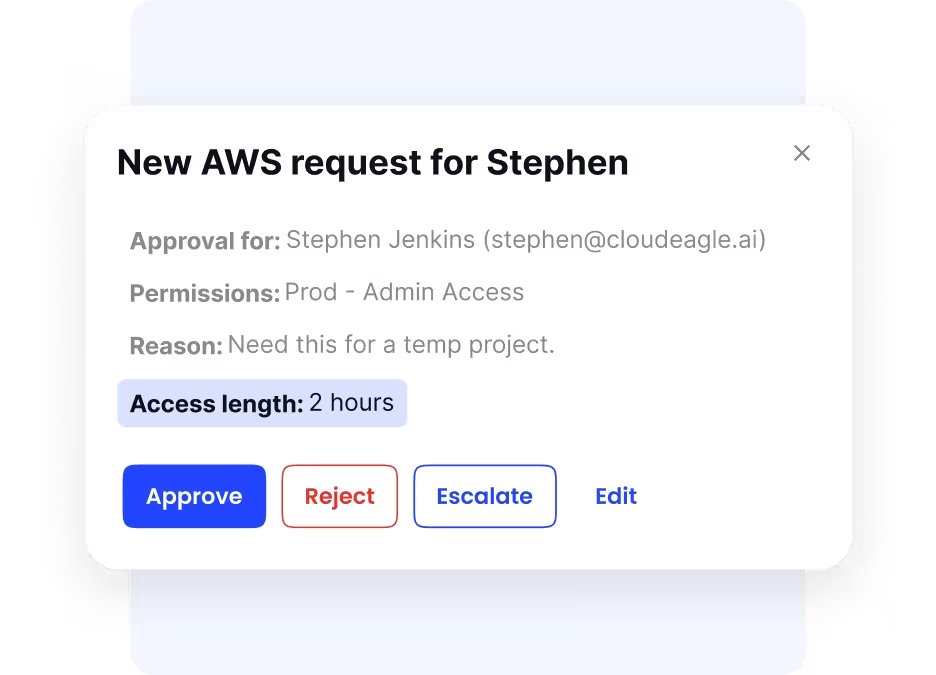
This approach meets SOX’s demand for minimal access and audit-ready access logs, helping enterprises reduce risk and related SOX compliance costs.
6. Automated Access Reviews
Regular app access reviews are mandatory under SOX to validate user permissions and ensure compliance. CloudEagle.ai automates these reviews by continuously monitoring who has access to what and sending reminders or executing auto-revocation workflows for stale or unused access rights.

This not only reduces manual effort but also improves compliance accuracy and audit readiness, lowering potential penalties and audit remediation expenses.
Dezerv Automated Its App Access Review Process with CloudEagle.ai.
7. CloudEagle.ai Self-Service App Catalog
CloudEagle.ai’s self-service app catalog is a centralized platform that enables employees to discover, request, and gain access to authorized SaaS applications independently, without waiting for IT intervention.

This capability streamlines application access management, reduces bottlenecks, and enhances productivity, all critical factors for efficient SOX compliance management.
8. Automated Request and Approval Workflows
The catalog integrates with popular collaboration tools like Slack and Microsoft Teams, enabling users to request app access directly through these platforms. Approval processes are automated and customizable based on roles, departments, or policies, accelerating access delivery and reducing IT workload.
Let’s check out this discussion where Karl Haviland joins CloudEagle.ai’s SaaS Masterminds podcast to share real-world insights on AI, governance, and scaling innovation responsibly.
Conclusion
SOX compliance can be costly and complex, but the right tools help cut costs and keep SaaS security strong. CloudEagle.ai simplifies compliance with automation, smart access controls, and centralized SaaS governance.
Features like automated onboarding/offboarding, role-based and just-in-time access, and continuous access reviews reduce manual work and hidden expenses. The Self-Service App Catalog enables employees, limits shadow IT, and optimizes SaaS spend.
Ready to take control of your SOX compliance and reduce costs without compromising security?
Schedule a demo to see how automation and centralized SaaS management can transform your SOX compliance program.
FAQs
1. Is SOX compliance mandatory?
Yes, SOX compliance is mandatory for all publicly traded companies in the U.S. It requires establishing robust internal controls over financial reporting, certified by top executives, with regular independent audits to ensure accuracy and prevent fraud.
2. Who is eligible for SOX compliance?
All publicly traded companies listed on U.S. stock exchanges, their wholly-owned subsidiaries, and foreign companies doing business in the U.S. must comply with SOX regulations.
3. Is SOX compliance difficult?
SOX compliance can be complex due to detailed requirements for internal controls, documentation, and audits. However, with proper planning, automation, and governance tools, companies can effectively manage compliance and reduce associated burdens.
4. What happens if a company is not SOX compliant?
Non-compliance can lead to severe consequences, including hefty fines, legal penalties, damage to reputation, loss of investor trust, and, in extreme cases, criminal charges against executives.
5. Do private companies need SOX?
Private companies are generally not required to comply with SOX unless they are preparing to go public or are involved in certain financial transactions with public companies. However, some private firms voluntarily adopt SOX practices for better governance.

%201.svg)










.avif)




.avif)
.avif)




.png)
